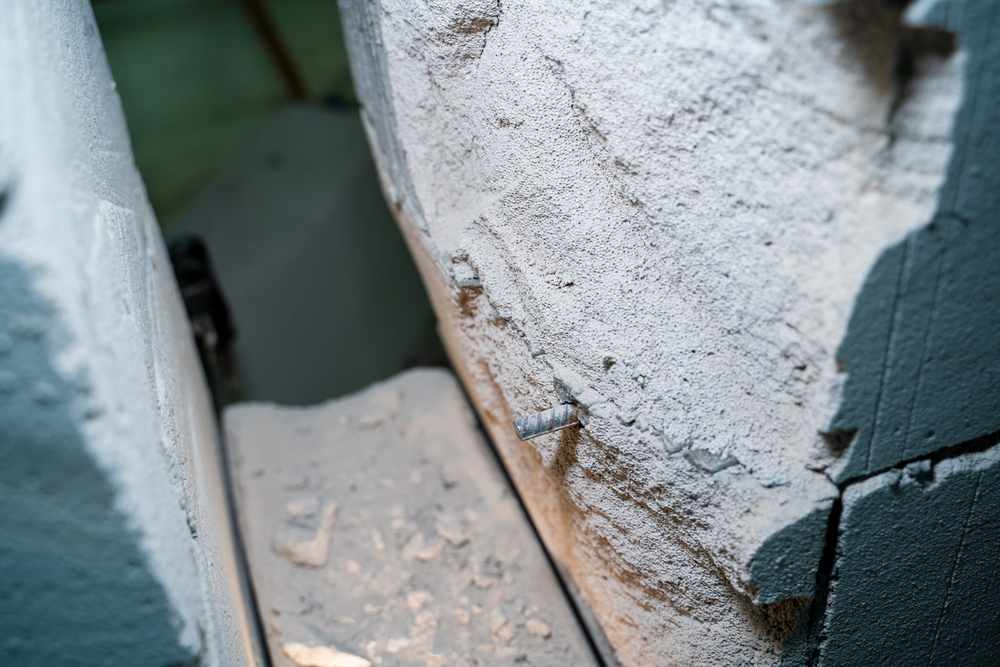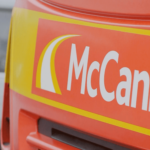Sector - Health & Safety
“It’s not just RAAC…all traditional concrete is a big problem”, says leading construction sector carbon expert

A construction sector environmental expert has urged specifiers to avoid being lulled by a crisis involving a hazardous concrete into believing they should now shun only one form of this material.
Rob Gill, Managing Director of specialist building industry carbon management consultancy, Green Box Thinking, was reacting to the revelation on 29 October that at least 14 British theatres had been forced to shut, due to the presence of reinforced autoclaved aerated concrete (Raac), which is at risk of sudden collapse. It was also reported that other entertainment venues had been partly closed for the same reason.
Those revelations came only days after the UK government’s education and health departments confirmed that a further 43 schools and 18 hospitals in England had been identified as containing Raac. Those announcements meant 214 English schools and 42 hospitals were now known to house the material.
The government first acted against the problems in August, when it ordered over 100 English schools to close buildings containing the concrete.
Mr Gill explained: “Raac was developed as a lightweight alternative to traditional concrete, as the latter is often too heavy for areas such as roofs. Raac typically consisted of ingredients such as cement, water, sand or fly ash and aluminium flake, thus avoiding some usual elements such as aggregates and stones.
“The resulting mix was then cured in a steam steriliser. That produced a material filled with air bubbles, which was reinforced with steel bars, cast in factories into planks or panels and taken to building sites.”
Mr Gill said Raac became popular with public building specifiers between the 1950s and 1990s for reasons including that, compared to most alternative materials, it cost less and shortened construction projects, as well as having good fire resistance.
He said: “Raac was cheaper, partly because the air bubbles meant it used less cement, usually the most costly of concrete’s elements.
“Raac also speeded up construction projects because, by coming ready-made, it removed the need for conventional on-site processes such as: pouring wet concrete, which then takes several weeks to cure; installing shuttering, to support and stabilise this material before it becomes solid; and deploying steel cages to reinforce it.”
Mr Gill said Raac had proved significantly less reliable in use than many alternatives, however, for several main reasons. These included that water could enter structures and cause the material to deteriorate, which was not uncommon, as it was often used in flat roofs, as well as some walls and floors. Raac was also found over time to have a lifespan totalling only about 30 years at best.
He added: “One danger of the present intense focus on Raac’s shortcomings, such as these, is that many in the construction sector will regard other forms of traditional concrete as not only superior but still acceptable, when in reality they’re all a big problem environmentally.
This is because of facts such as making cement alone accounts for as much as eight per cent of global carbon emissions. If you want to see that in context, bear in mind the much-criticised aviation sector is thought responsible for less than three per cent.”
Mr Gill said the good news was many low carbon alternatives had now been developed and made available. Some were wholly original – such as Hempcrete, formed by wet-mixing hemp shiv with a lime binder – while others involved amending concrete’s preparation or changing its formulation, through increasing recycled aggregate content, for example.
He said: “One barrier to the adoption of newer products is the perhaps understandable caution of many specifiers, who often favour materials, such as traditional concrete, of which we have literally centuries of experience and which they see as demonstrably durable and secure.
“But it’s outdated thinking, and irresponsible in the midst of the current climate emergency, for professionals to dismiss all low-carbon substitutes as new and unproven. There’s at least one variety of low-carbon concrete, made using alkali activated cement, which has been deployed safely for decades, for example.”
Mr Gill said he therefore hoped the professionals responsible for replacing Raac in public buildings would now avoid this “we’ve always done it this way” mindset.
Green Box Thinking was set-up last year by Mr Gill, who previously founded and headed Yonder, one of the UK’s leading building physics engineering consultancies. Green Box Thinking is a team of expert consultants who advise and provide practical help to construction industry companies on all aspects of carbon emission management, including targeting, verification and the obtaining of carbon credits.
If you would like to read more stories like this, then please click here
Related Articles
More Health & Safety News
- Government finalises RAAC removal programme
18 Nov 25
Definitive timeline for the complete removal of Reinforced Autoclaved Aerated Concrete (RAAC) from all affected
- Construction mental health consultation
29 Oct 25
The Construction Leadership Council (CLC) has launched a mental health in construction consultation.
- “Serious gaps” found in protecting workers from excessive noise
3 Oct 25
Three-quarters of noisy workplaces lacked essential knowledge on maintaining hearing protection equipment, inspections have found.






